The Role of ABA Therapy in Teaching Safety Skills to Children with Autism
Unlocking Safety: ABA Therapy's Impact on Children with Autism
Introduction to ABA Therapy for Safety Skills
Autism Spectrum Disorder (ASD) presents unique challenges for children, particularly in learning and applying safety skills crucial for navigating daily life. Applied Behavior Analysis (ABA) therapy offers a beacon of hope for these children, providing structured, evidence-based approaches to skill acquisition. This article explores the transformative role of ABA in teaching safety skills to children on the autism spectrum, highlighting methodologies, challenges, and research-backed strategies.
Understanding ABA's Role in Safety Skill Development
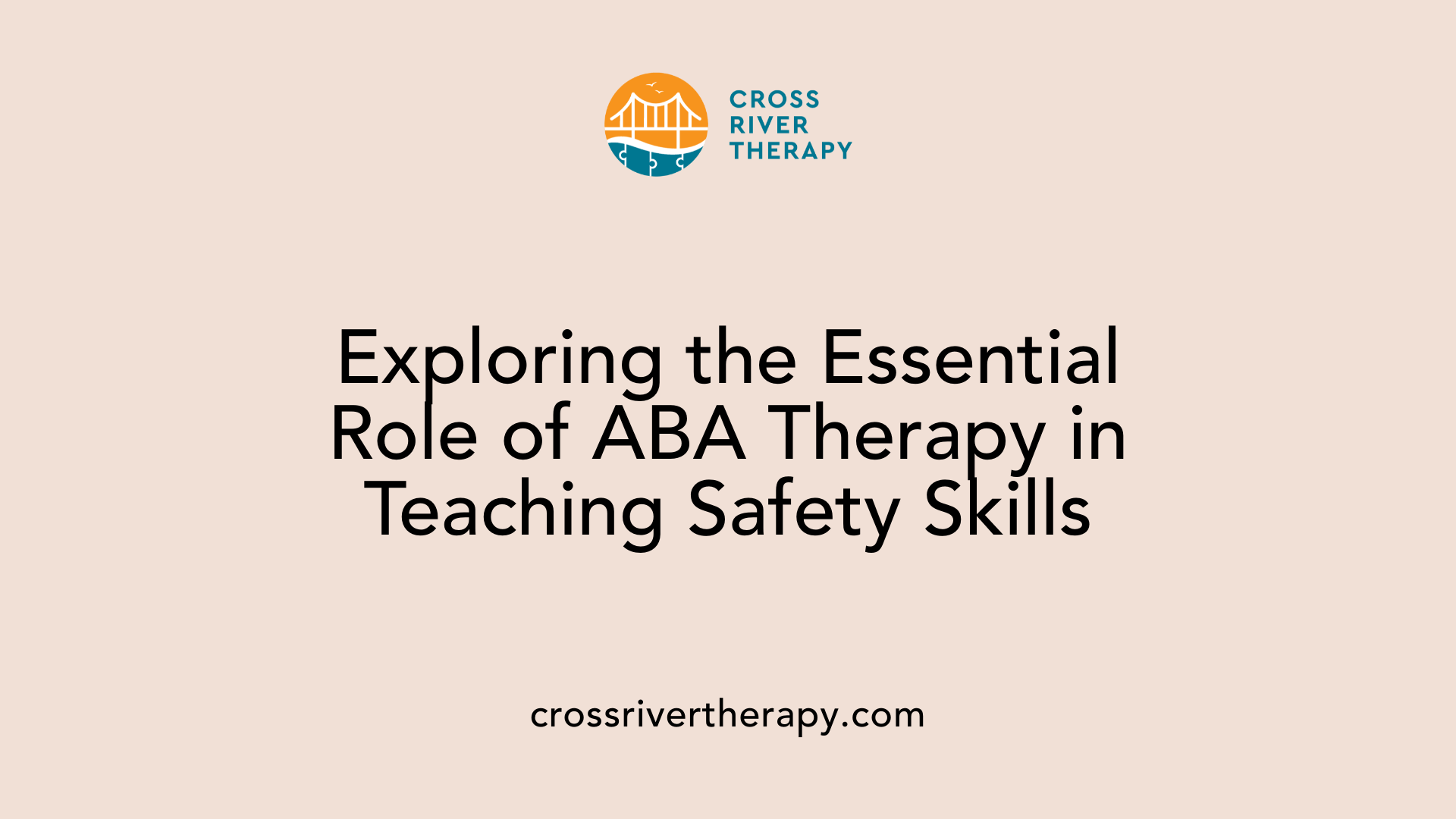
How ABA therapy is used to teach safety skills
Applied Behavior Analysis (ABA) therapy effectively teaches safety skills to children with autism by breaking down complex skills into manageable steps. It uses various reinforcement strategies that encourage positive behaviors. For instance, teaching safety commands like "Stop!" and strategies to stay close to adults in public is essential.
Initially, safety skills are practiced in controlled environments, such as a child's home, allowing the learner to become comfortable. As they gain confidence, these skills transition to more realistic settings such as stores and parks. This gradual exposure facilitates the generalization of skills, making it easier for children to apply what they’ve learned in everyday scenarios.
Techniques like role-playing and the use of visual aids or social stories can enhance learning. These methods help children effectively communicate their needs and understand crucial commands, greatly benefiting their safety awareness.
The role of ABA in addressing safety concerns
ABA therapy also emphasizes collaboration with parents. Involving caregivers ensures that safety skills are reinforced consistently at home and in various settings, which solidifies the learning process. In situ assessments are critical as they provide practical opportunities for children to apply their learned skills in real-world situations without adult supervision.
Ultimately, the structured and individualized approach of ABA supports children in developing vital safety skills that enhance their ability to navigate the community safely, addressing the unique challenges children with autism face regarding personal safety.
Proven Methodologies for ABA-Based Safety Training
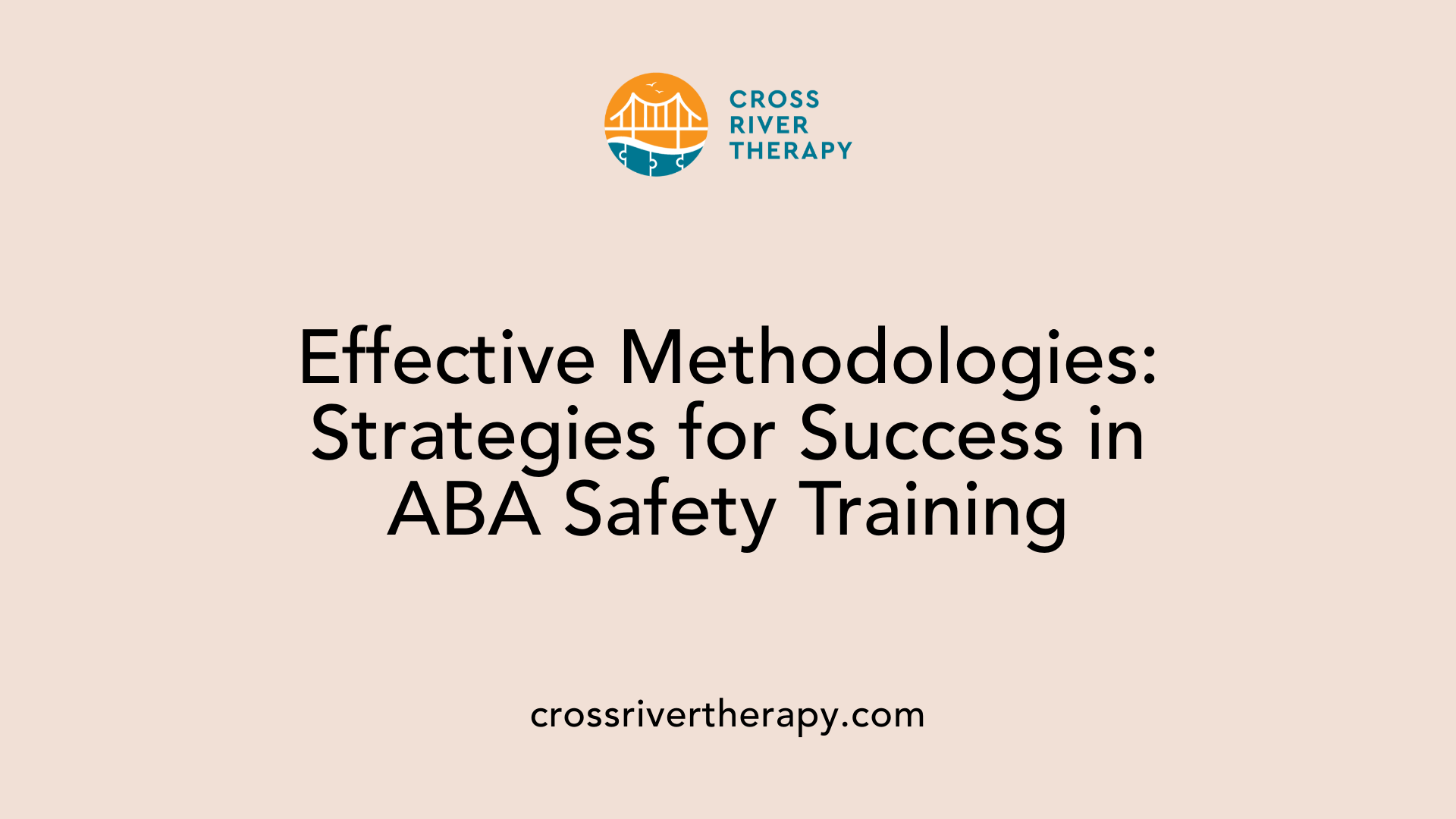
What are the effective methodologies and strategies for implementing ABA therapy in safety skills training?
Effective methodologies for implementing Applied Behavior Analysis (ABA) in safety skills training prominently feature Behavioral Skills Training (BST) and In Situ Training (IST). These structured approaches are vital for teaching crucial safety skills which include fire safety and abduction prevention.
Behavioral Skills Training (BST)
BST comprises four essential components:
- Instructions: Clear objectives help learners understand what is expected.
- Modeling: Demonstrating the desired behavior provides a visual guide.
- Rehearsal: Practicing the skills ensures learners actively engage with the material.
- Feedback: Offering constructive feedback helps correct errors and reinforces success.
Facilitators often utilize engaging methods like role-playing and video modeling to enhance the learning experience. Regular practice in diverse environments, accompanied by multiple examples of safety threats, can improve children's ability to generalize learned skills to real-life situations.
In Situ Training (IST)
IST augments BST by providing training directly within a child's natural environment. This real-world application ensures that skills acquired are not just theoretical but can be effectively utilized in everyday circumstances.
Both methodologies are complemented by regular assessments and the integration of technology, like simulation-based scenarios, to reinforce learned skills, thereby ensuring children are prepared to handle safety challenges independently.
Overcoming Challenges in ABA Safety Training for Autism
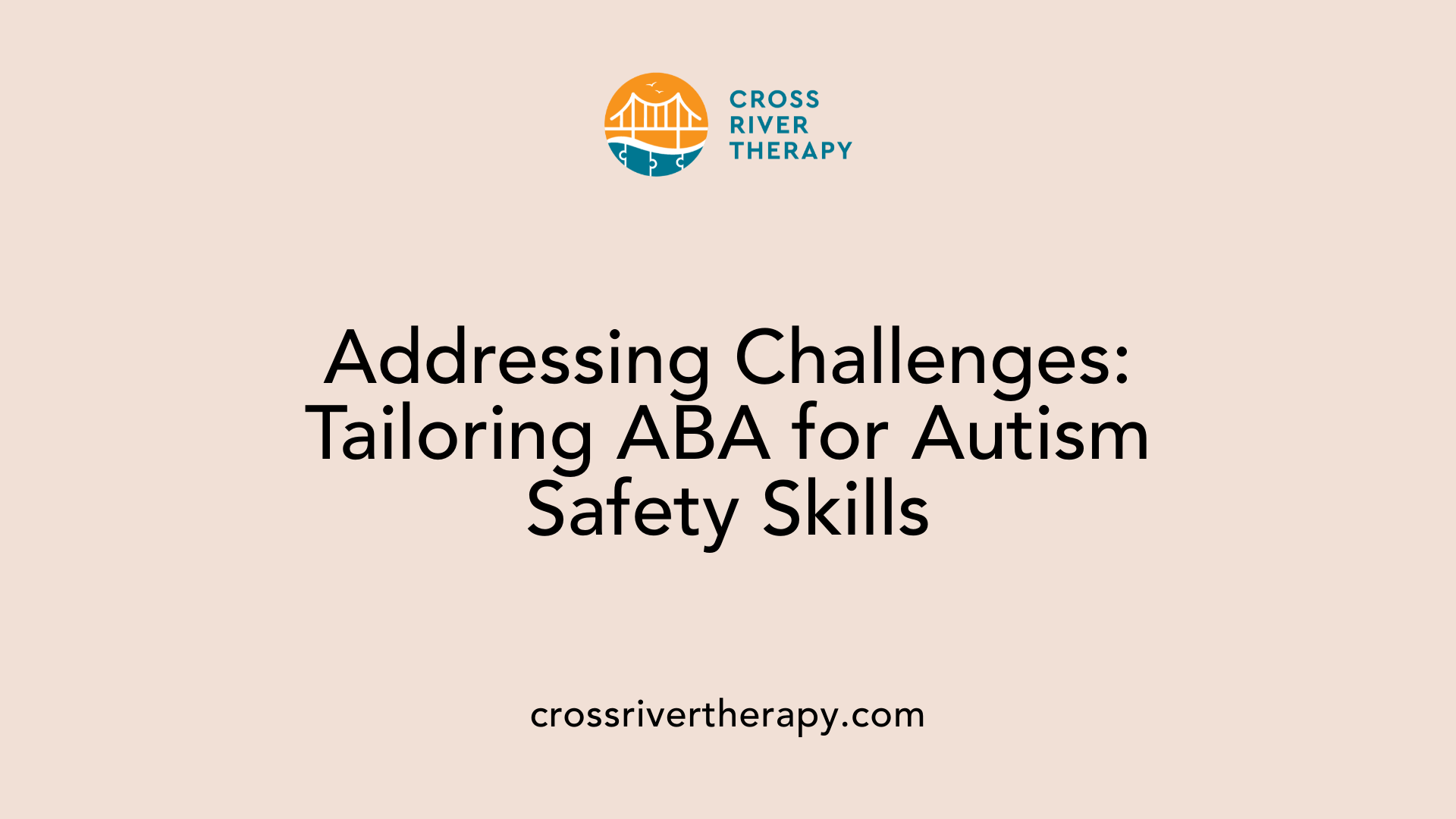
What challenges and considerations are associated with using ABA for safety skill development in children on the autism spectrum?
Using Applied Behavior Analysis (ABA) for developing safety skills in children on the autism spectrum comes with various challenges and essential considerations. One significant challenge is the need for individualized ABA plans. Each child has unique strengths and needs, especially in the context of safety skills. Some may require tailored strategies that address specific dangers, such as wandering or difficulty in recognizing threatening situations.
Individualization is Key
Customizing approaches ensures that safety skill training is relevant. This individualization can include using Behavioral Skills Training (BST) and In Situ Training (IST), which are crucial for effective learning. These techniques help children practice in real-life scenarios, allowing better skill acquisition and generalization. However, the diversity of needs can complicate the implementation of these strategies, as they must fit the context of each child’s life.
Addressing Communication Barriers
Another challenge is the potential communication barriers that may obstruct children from articulating their needs or seeking help effectively. To navigate these barriers, it's vital to incorporate alternative communication methods and visual supports that can aid understanding. This enhances their ability to react appropriately in emergency situations.
Importance of Ongoing Assessment
Ongoing assessment plays a crucial role in identifying areas where additional training is needed. Consistent evaluation helps ensure that skills are maintained and refined over time. Involving parents in developing and reinforcing safety plans is also essential, as it allows skills to be practiced across different environments, thereby increasing effectiveness.
In summary, a comprehensive approach that prioritizes individual needs, addresses communication, and involves parents is paramount in overcoming challenges associated with ABA for safety skill training in children with autism.
Research-Based Insights and Recommendations
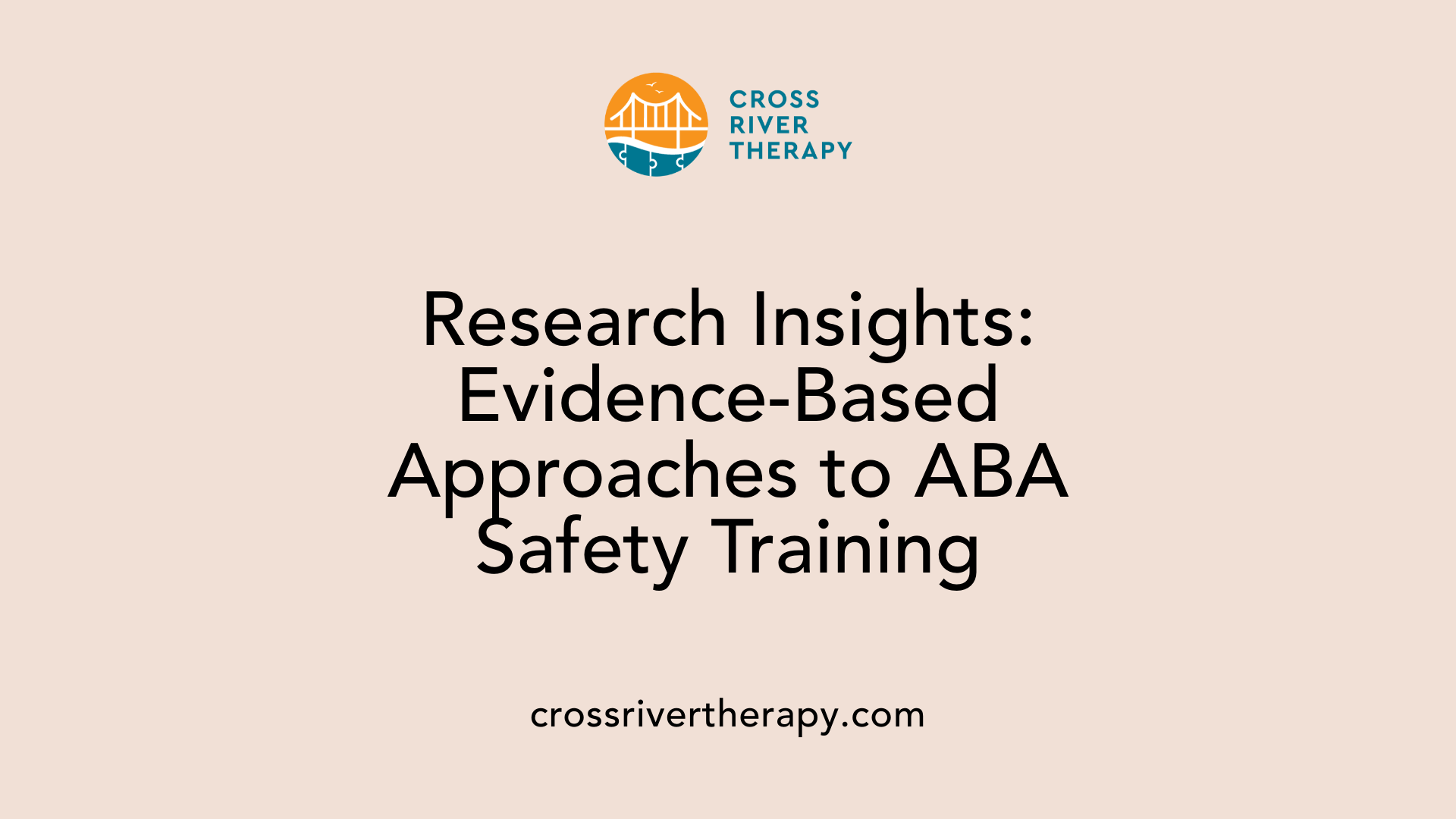
What practical recommendations and examples based on research are available regarding ABA therapy and safety skills?
Research underscores the significance of tailored interventions in teaching safety skills, particularly for adolescents with autism spectrum disorder (ASD). These skills are vital for their successful transition into adulthood, ensuring they can navigate their environments safely.
Behavioral Skills Training (BST) is a leading method for effectively instilling safety skills. This method combines the following components:
- Instruction: Clear explanations of the safety behaviors.
- Modeling: Demonstrating the skills for children to observe.
- Rehearsal: Providing opportunities for practice.
- Feedback: Offering constructive responses to enhance skill mastery.
Safety skills taught through BST may include abduction prevention and the ability to seek help when lost. Studies reveal that incorporating In Situ Training (IST)—which places children in real-world contexts to practice—enables better skill transfer than traditional, informative approaches only.
Further, technology does play a growing role in safety skills training. Tools like mobile apps can enhance learning, while peer or parent-implemented training programs foster greater accessibility and efficacy.
To maximize outcomes, it is crucial to continue adopting diverse, evidence-based strategies within safety skills training programs. This approach will ensure effectiveness for all children, especially those facing developmental challenges.
ABA Principles in Safety Skill Education
What are the principles and benefits of ABA therapy in educational and therapeutic settings for safety skill development?
Applied Behavior Analysis (ABA) is grounded in the principles of behaviorism, focusing on modifying behaviors that are socially significant and enhancing essential skills for learners. This is particularly important in educational and therapeutic settings, especially for individuals with autism, as it aids in developing safety skills and promoting independence.
One of the core components of ABA is the use of positive reinforcement. By rewarding desired safety behaviors, such as waiting calmly or knowing how to ask for help, children are more likely to repeat these behaviors. This reinforcement helps create a successful learning environment where students feel motivated to engage.
Key strategies for teaching safety skills include:
- Visual Modeling: Demonstrating safe behaviors, such as crossing the street, helps children understand the appropriate actions to take in real-life scenarios.
- Behavior Chaining: Breaking down safety procedures into manageable steps allows children to learn complex safety skills gradually. For example, teaching a child to dial 911 involves steps like locating the phone, pressing numbers, and speaking clearly.
Teachers trained in ABA can establish a structured classroom environment that reduces anxiety and promotes positive interactions. This supportive atmosphere is crucial for teaching safety skills. By systematically applying ABA principles, educators can significantly improve their students’ comprehension and execution of safety behaviors, ensuring greater safety in various contexts.
Implementing Active Learning for Safety Skills
Active learning techniques in ABA
Active learning techniques are vital in teaching safety skills, particularly for learners on the autism spectrum. Two prominent methods are Behavioral Skills Training (BST) and In Situ Training (IST).
BST encompasses several key components:
- Instruction: Clear guidelines are provided to understand the safety skills.
- Modeling: Demonstrating the behavior helps children visualize what they need to learn.
- Rehearsal: Practicing the skills in a controlled setting reinforces learning.
- Feedback: Constructive criticism helps children understand areas for improvement.
Application of BST and IST
In contrast, IST focuses on teaching these skills in real-world environments. This strategy ensures that children can generalize what they've learned in practical situations. For example, practicing pedestrian safety while walking in the community allows learners to apply skills developed in a classroom setting.
Both methods, when used together, can significantly enhance a child's ability to navigate their environment safely, making them more likely to respond appropriately in genuine safety threats.
By integrating active learning approaches, educators can create a robust safety skill curriculum tailored to the unique needs of learners with autism.
Real-Life Applications and Skill Generalization
Generalization of safety skills
Teaching safety skills is not just about memorizing rules; it's crucial for children, particularly those with autism, to generalize these skills to real-world situations. For example, children learn to cross the street safely at a crosswalk, but the challenge lies in applying that skill when encountering less structured environments. Active learning methods, like Behavioral Skills Training (BST) and In Situ Training (IST), help bridge this gap. By practicing safety skills in safe, controlled settings before moving to community contexts, children can better grasp how to respond in various situations.
Techniques for real-world application
Multiple exemplar training is instrumental in this process. This approach exposes learners to different scenarios while using the same skill, fostering versatility. Safety skills such as recognizing safe people, using a cell phone for emergencies, or responding to a stranger become ingrained via repeated practice in diverse environments.
A key aspect of successful skill application involves realistic assessments, where children's performance is evaluated in situations that mimic potential safety threats but without adult supervision. This way, they become accustomed to the nuances of real-life encounters. By systematically reinforcing these skills with data-based decision-making, caregivers and educators can identify when further training or booster sessions are necessary, ensuring children continue to build their safety awareness and independence.
Parental Involvement and Community Impact
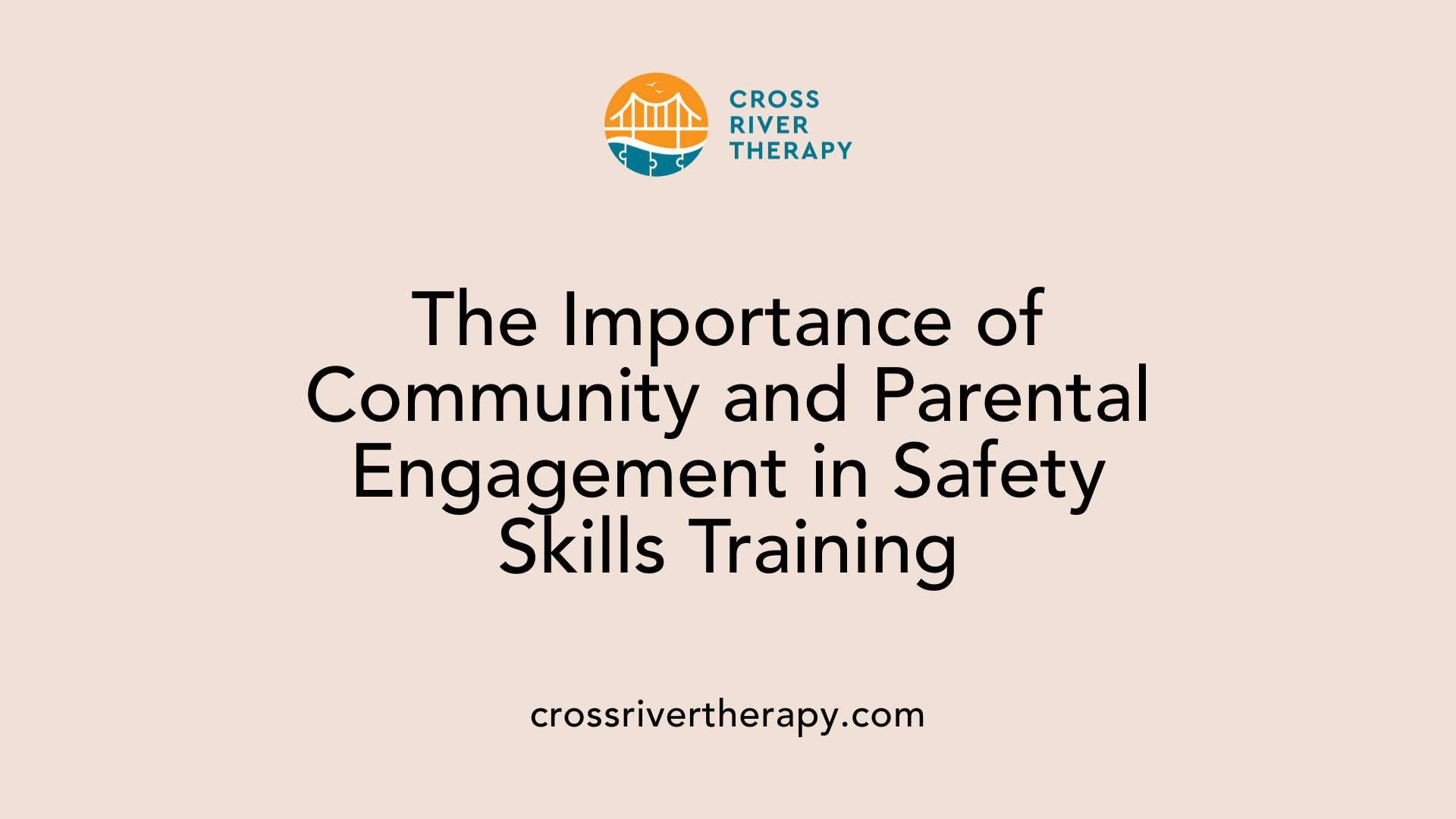
Role of parents in ABA-based safety training
Parents play a crucial role in the implementation of Applied Behavior Analysis (ABA) strategies for safety skills training. By being actively involved, they can reinforce positive behaviors learned during therapy sessions.
Their participation ensures that safety skills, such as proper pedestrian behavior or how to handle emergencies, become a part of the child's daily routine. This consistency helps solidify these skills within the home environment, making it easier for children to generalize them to new settings.
Community implications of safety skills
The community also bears the responsibility of fostering a safe environment for children, especially those with autism.
Programs aimed at teaching safety skills can enhance community awareness and encourage safe practices among caregivers and the public. For example, teaching children to identify safe individuals increases community involvement in ensuring children's safety.
As a result, effective safety skills not only empower children but also promote a unified approach within communities to safeguard the welfare of every child.
Conclusion: Empowering Children with Autism Through ABA
ABA therapy stands as a formidable tool in the arsenal against the challenges posed by autism, particularly in the realm of safety skills. By leveraging a combination of structured methodologies, individualized strategies, and parental involvement, ABA empowers children with autism to navigate their environments safely and confidently. As research continues to evolve, the integration of new technologies and active learning techniques into ABA frameworks promises to further enhance the efficacy and reach of safety skills training. Through collaborative efforts, children on the autism spectrum can achieve greater independence and security in their lives.
References
- Teaching Safety Skills to Children: A Discussion of Critical Features ...
- Applied Behaviour Analysis (ABA) and autistic children
- Teaching Safety Skills to Adolescents
- Webinar: Teaching Safety Skills to Individuals with Autism - Rethink
- Community Safety Skills for Learners with Autism – New Jersey ABA
- Applied Behavior Analysis (ABA) | Autism Speaks
- Teaching Children with Autism About Safety - May Institute
- Teaching Safety Skills to Adolescents
- Strategies For Enhancing Safety For Autistic Children
- Webinar: Teaching Safety Skills to Individuals with Autism - Rethink



